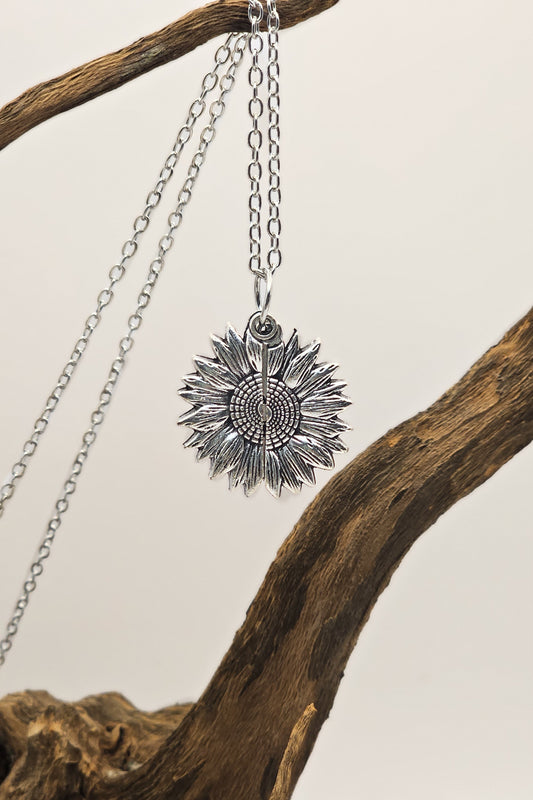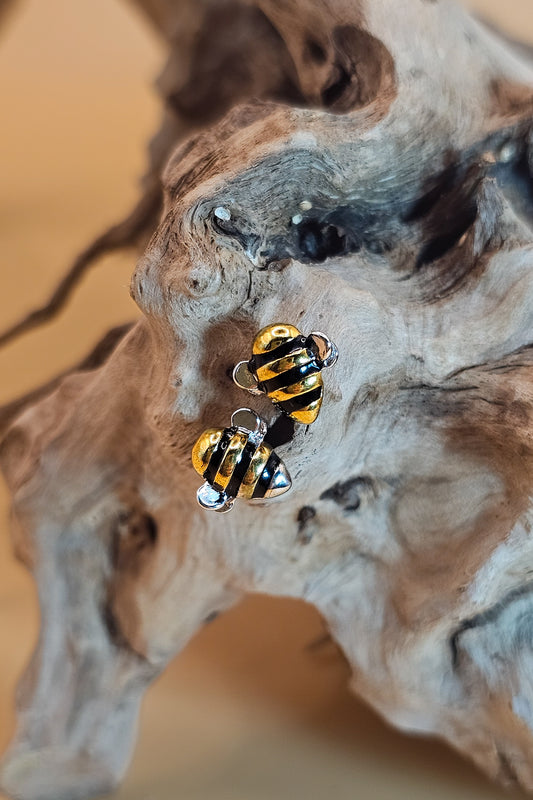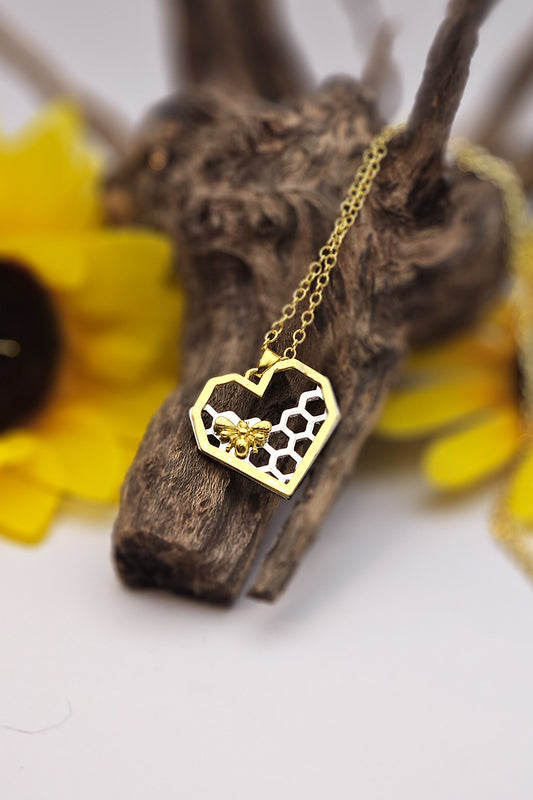Honey is the third most faked food in the world. The only two foods more faked than honey are milk and olive oil, according to the Food Fraud Database of the compliance management company, Decernis.
“Honey launderers” make chemical modifications so their product can pass authenticity tests, and that makes it hard to trace the origins of the honey.
The US government isn’t doing much to fix the problem currently, possibly due to such issues as Covid-19 and political events in 2020.
Testing has improved since “Operation Honeygate,” back in 2013, when the two US honey importers known as Honey Solutions and Groeb Farms, along with five people were investigated and charged with federal crimes in an illegal honey importation scandal. The honey from China was laced with unsafe and illegal antibiotics and was mislabeled and routed through other countries in Europe and Asia to evade more than $180 million in anti-dumping duties.
This was the largest food fraud case in US history. Now, more than 7 years later, a lot of honey is still fake.
Adulterated Chinese honey is bad for beekeepers and consumers. Today’s industry does not always use sophisticated testing that can identify chemical modifications, so consumers have no sense of security in the quality and provenance of their honey unless they deal with small apiaries and beekeepers who attest to the purity of their product.
This 3:27-minute video by First Coast News talks about the problem:
We blogged a year ago about fake honey. The dilution of pure honey is usually done with plant-derived syrups. High-fructose corn syrup or beet syrup are two of the most frequently used replacements. Manufacturers can chemically modify the syrup sugars to make them look like real honey.
The economic devastation this causes becomes the sole burden of the real honey producers, since the fake honey prices can be less than half of the operating costs of the real honey producers. If left unchecked, this can make fair honey production unprofitable, according to Chris Hiatt, the president of the American Honey Producers Association.
Honey production is an unsustainable option and beekeepers cannot rely on it for income. They also rent out their bees for pollination services, raise queens and sell hives to make ends meet. The consumer, on the other hand, reaches for the cheapest honey on the shelf, which is fake, and is not consuming the healthy substance they think they are buying.
There is much debate about the actual amount of fake honey in the world. The Honey Authenticity Project, an association of activists and industry members, puts the fake honey number at 33%.
In a 2018 study in Australia, it was found that 27% of the products tested based on the honey for sale were fake or diluted with other ingredients.
Inside the Hive TV made this 9:15-minute video featuring the president of the president of the American Honey Producers Association talking about adulterated honey and its impact on the market:
In the US it is hard to gain access to statistics, but a lawyer with several class-action lawsuits pending against honey brands accused of fraud estimates that the figure may be as high as 70%.
In early 2020, a variety of random honey brands from several US grocery stores were tested by Vice and it was found that half or more were adulterated. This is a huge issue and consumers are unaware of it to a large degree.
Long term, the best hope is to educate people. We can only hope this will happen while there are still a lot of beekeepers in business.








